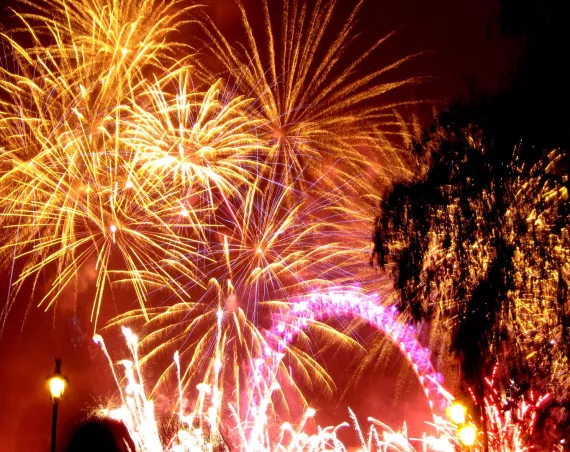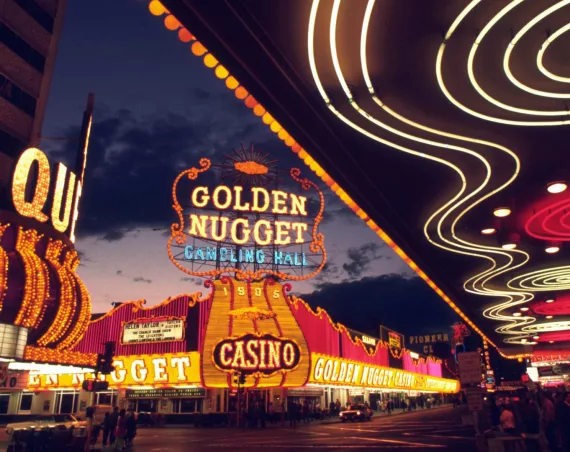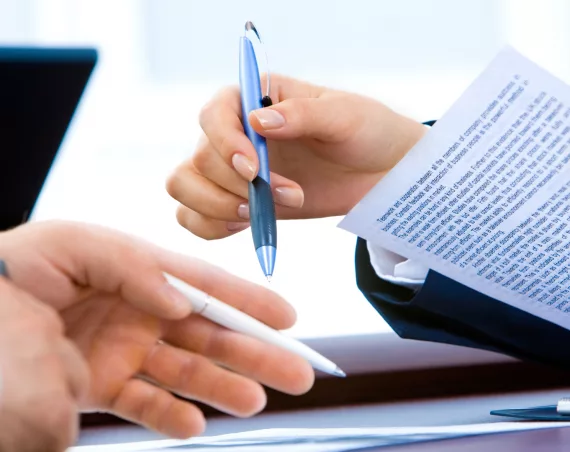
The Natural History Museum
Powered by RedCircle
Hello and welcome to Learn English Vocabulary. My name is Jack and I’m making this podcast for you to learn or revise English vocabulary. You can find a transcript of this podcast on LearnEnglishVocabulary.co.uk. There’s a page for this podcast with the transcript, an activity and a task for you to do in the comments section.
Introduction
Today, I am making this podcast in response to a request from Min Chit from Myanmar who asked for a podcast based on visiting museums and art galleries. I’m going to talk about visiting a museum today and will do another podcast about visiting an art gallery later. You can’t actually visit any museums or art galleries at the moment, but there are some good virtual tours so I might make a podcast about a virtual trip around the National Gallery in London.
The Natural History Museum
If you ever get to visit London, you should visit the Natural History Museum, especially if you have kids. The museum was opened in 1881 and since opening, the collection of specimens in the museum has grown to around 80 million. The word collection is a noun related to the verb, to collect. Children often collect stamps or stickers. My youngest son has recently started collecting rocks. Whenever we go out for a walk, he comes home with pockets full of interesting looking rocks and adds them to his collection. The Natural History Museum has a massive collection of specimens. A specimen is an object or substance that is examined or put on display as an example or sample.
How to get there
The easiest way to get to the Natural History Museum is to take the tube to South Kensington. I would not advise going there at the weekend during the summer as it gets really busy. If you can go in the week, you can get off the Tube at South Kensington and walk to the museum. It only takes about five minutes. There’s a subway all the way to the museum and you’ll normally hear some buskers on the way.
The Underground / Tube
I’ve used three terms here I want to talk about. The first is the tube. This is the name of the London Underground railway. It’s also called the underground, but mostly, people say the tube. You have to buy a special card called an oyster card which is a prepaid card you can use to pay on the underground and on busses. I also used the word subway which means an underground walkway in British English. Sometimes, there are tunnels under roads for pedestrians, that is, people on foot. These are subways. You need to be a little bit careful though because in American English, a subway is an underground railway. So if you are in London, you take the Tube or the Underground, but if you are in New York, you ride the subway. One more bit of vocabulary. I said that you’ll normally hear some buskers on the way. Buskers are performers, usually musicians, that sing on the street. They often put their instrument case on the ground in front of them for people to put money in. The buskers in the subway from the South Kensington Tube station to the Natural History Museum are generally pretty good and it’s cool to hear their music echoing through the subway.
The museum entrance
When you get to the museum, you have to walk along Cromwell Road to the entrance. In fact, there are two entrances, but the one on Cromwell road is the best. That entrance takes you into Hintze Hall which is an amazing room right in the middle of the museum. It used to have a diplodocus fossil skeleton cast on display but now it has a blue whale skeleton hanging from the ceiling. I loved walking into that entrance hall as a kid and seeing the dinosaur skeleton. My kids loved it too. The blue whale skeleton is impressive, but I hope they put the dinosaur back soon.
If something is on display, it has been put somewhere public so that people can see it. You might talk about the things that are on display in a shop window. Or if you are invited to someone’s house, there might be personal items on display.
If something is impressive, then you will normally admire or respect it because it is important or large or special for some reason. I like playing the guitar and really enjoy watching videos of guitarists, especially the really good ones. There’s a guy called Tom Ollendorff who is really impressive.
The dinosaur gallery
Let’s get back to the museum. Inside, the collection on display is divided up into rooms that they call galleries. When I take my kids there, they always want to go to the dinosaur gallery first. The dinosaur gallery is a permanent exhibition that has lots to see and read. There are loads of fossilised skeletons and a couple of animatronic dinosaurs. There’s a lifesize Tyrannosaurus Rex that moves and roars and is sometimes a bit too scary for little children. I think it’s my son’s favourite exhibit.
An exhibit is an object that is on display in a museum. In the UK, a collection of exhibits is an exhibition, but in American English, they use the word exhibit for individual items and collections. So my son loves to visit the dinosaur exhibition, but if we went to a museum in the USA, he would love the dinosaur exhibit. It really sounds strange to me.

An animatronic dinosaur is a moving model. It’s animated, which just means it moves. You can get all sorts of animatronics at theme parks.
The mammals gallery
After the dinosaurs, we always go through the mammals galleries. There are loads of stuffed animals carefully arranged behind glass panels. At the end, there’s a hall with a model of a blue whale as well as lots of other massive animals. After that, we’ll wander about and seek out new corners of the museum for things we’ve not seen before.
An audio guide
I think the next time we go, we’ll take an audio guide. These are normally a bit like big mobile phones with a keypad and a little speaker you hold to your ear. I’m not sure if these are available in the museum. They are available in most museums but I don’t remember seeing them in the Natural History Museum. However, you can listen to an audio tour by Sir David Attenborough on the Natural History Museum’s sound cloud channel.
The gift shop
Before we leave the museum, we usually visit the gift shop to buy the boys a souvenir. The museum gift shop is expensive, but it is a good way to support the museum and my kids can usually be persuaded to select a souvenir that’s somewhat educational.
The museums next door
Next door to the Natural History Museum, there are two other brilliant museums. The Science Museum which has loads of interactive exhibits and the Victoria & Albert Museum or V&A which is dedicated to art, design and performance. It’s a great museum, though less fun for little kids so I’ve not been for a while.
One of the nice things about the museums and galleries in London is that they are free to enter. There’s usually a temporary exhibition that you have to pay to get into, but the permanent collections are all free to see. Of course, they are all closed at the moment, though I’m sure they will be very busy once the Covid-19 vaccine has been distributed.
Conclusion
Thanks, Min Chit for requesting this podcast topic. I hope it is helpful for you and inspires you to visit more museums and galleries when it is safe to do so.
If you have enjoyed this podcast, please leave me a comment or a rating or a review. I love to hear from you and any comments or suggestions you have. If there are any topics or songs or scenes from a film that you would like me to talk about or anything else you would like to hear, I would be delighted to make a podcast for you. So please visit LearnEnglishVocabulary.co.uk and say hello.
Thanks for listening.





5 Comments
Min Chit
Thank you so much. Your podcast is more than vocabulary. That’s why I like your podcast series.
Jack
Thanks Min Chit
Adrian Allieni
Any history of British royalty – is that possible?
Jack
I will have a think – there have been a lot of kings and queens. I will see if I can find a good set of vocabulary and make a podcast. Thanks
Thanh Phong
Your podcast are really meaningful in order to learn English. I would like to know more about “buskers”. Are there any podcasts related to these people in your series?. Thank you so much!